Unilever: Using AI to freeze out competition & discover “breakfast for dessert”

Using AI to synthesize insights, discover links and create new products and experiences
Unilever, a British consumer goods company, made a sugary sweet move to freeze out their competition when they implemented the usage of twenty-six AI data centers across the globe to synthesize insights from a range of sources, including social listening, CRM, and traditional marketing research. Unilever owns over 400 brands spread across 190 countries, and thirteen of those brands have sales over a billion dollars. Such brands include Lipton, Sunsilk, Dove, Knorr, Magnum and hundreds of other food, vitamin, beauty and cleaning products. While Unilever has used AI to sort through their structured data for years, they recently took a deep dive into their qualitative data by gleaning through text, audio, social media and phone activity as a means to influence more of its marketing. Partnering with American, Chinese, Israeli and U.K. startups to analyze information from content people post and reactions to that content, Unilever has been able to unearth insights in gap areas in their marketing they would have otherwise missed.
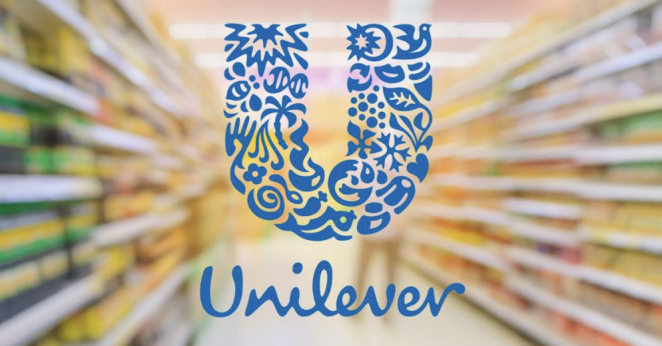
A prime example is their development of Ben & Jerry’s cereal-flavored ice-cream (Fruit Loops and Frozen Flakes) after listening to over 50 songs in the public domain that had lyrics talking about “ice cream for breakfast.” One of the AI algorithms Unilever enlisted in a partnering startup recognized a data set that revealed an opportunity for a new product. Although Dunkin Donuts sold ice cream in the morning for years, Unilever never had the data to prove this customer pain point. As a result, ice cream companies like Ben & Jerry’s missed this niche market opportunity. With the new product on the shelves, competitors are now incorporating breakfast ice cream in their own name brand product lines, But that’s just the icing on the (ice cream) cake.
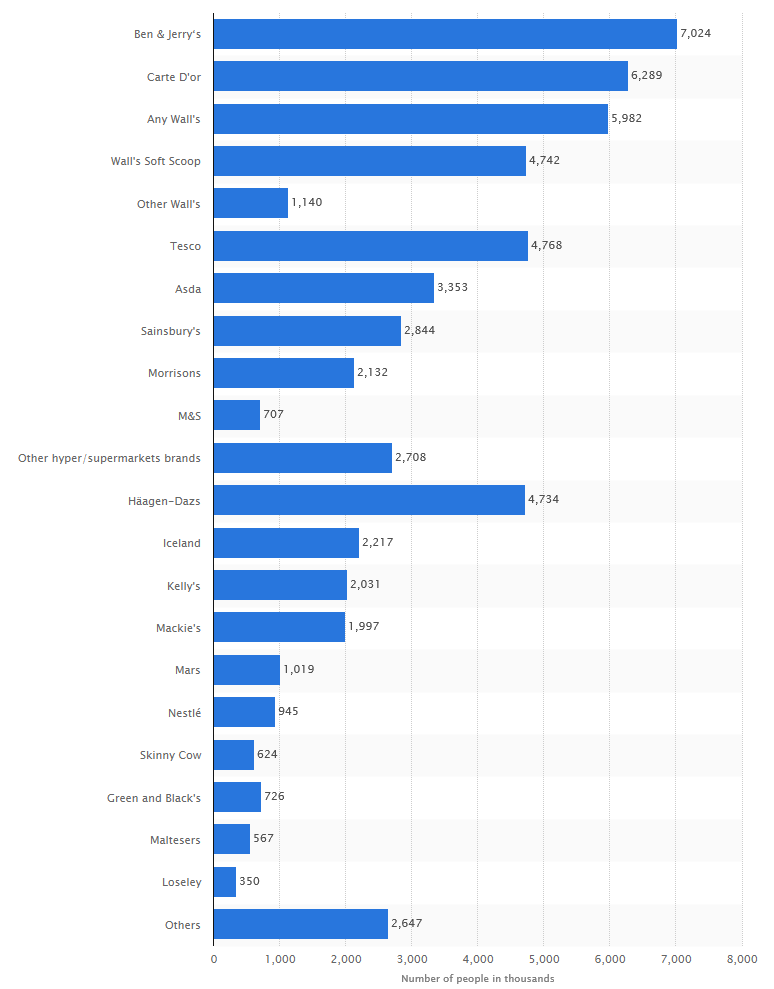
In addition to infiltrating the ice cream market, Unilever is using AI to pioneer the recruitment of executives and marketers in order to decrease the money and time spent invested in the hiring process. They currently spend over 100,000 hours hiring over 30,000 people a year and processing 1.8 million job applications. Partnering with Pymetrics, Unilever built an online platform that used the aptitude, logic and reasoning of a candidate acquired through a neuroscience gaming activity to sift through preliminary screening of applicants. Pymetrics used this information and measured it against the role for which they applied as well as the profiles of successful employees currently working at the company.

Unilever deployed video analyzing software in 2018 that introduced candidates into the second stage of the interview process where their facial expression, body language and word choice were scanned from the comfort of their own homes as they sat in front of their computers or mobile phones. The machine learning algorithm examines the candidate after listening to the candidates answer questions for 30-minutes and then determines who is a good-fit through a variety of natural language processing and body language analysis.
This automated screening system is programmed to look for cues in behavior that selects candidates who demonstrate “systemic thinking, resilience, and business acumen.” Unilever also uses this proprietary technology to deliver feedback to applicants by giving them a detailed list of how they did in the interview, what characteristics align with the company, what traits do not, and how to be more successful in the application process in the future. The irony is that artificial intelligence is actually allowing companies to be more human. Instead of large companies allowing applicants CV’s fall into the black hole, they are connecting and addressing areas of growth and improvement.
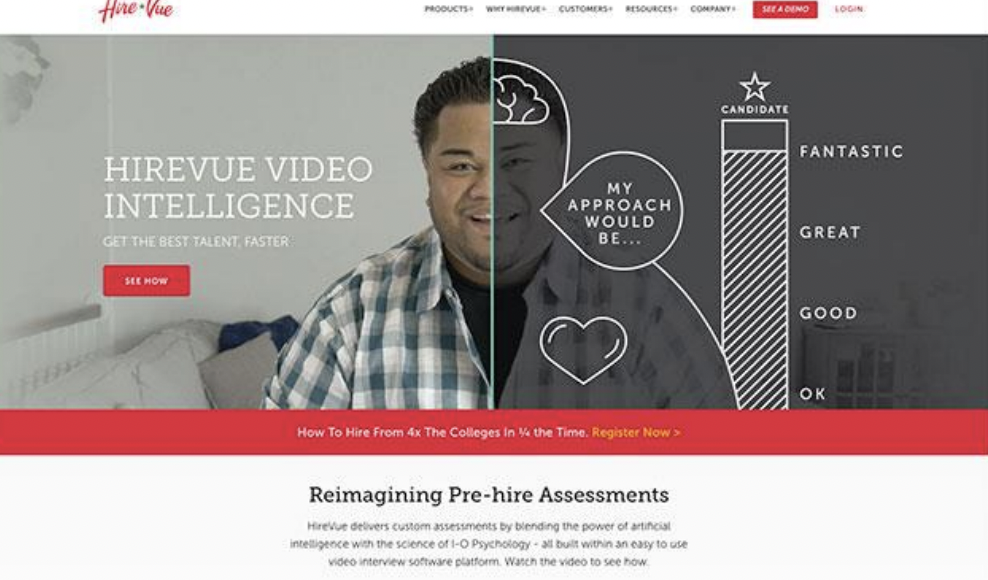
Within the first 90 days of adoption, Unilever doubled the amount of application to jobs success rate moving from 15,000 to 30,000. In addition, they hired their most diverse candidate pool by focusing on hiring non-white applicants and increasing representation 2,600 universities as opposed to 840 universities in the years prior. For the first time in their hiring history, they achieved gender parity in their hiring, as well as increasing socioeconomic representation by 20%. In terms of the efficiency of the hiring process, the average hiring time went from four months to four weeks and saved a cumulative 50,000 hours. Recruiters spent 75% less time reviewing applications, and the acceptance rate of offers to candidates went from 64% to 82%, and the completion rate of the Pymetrics game was 98%.

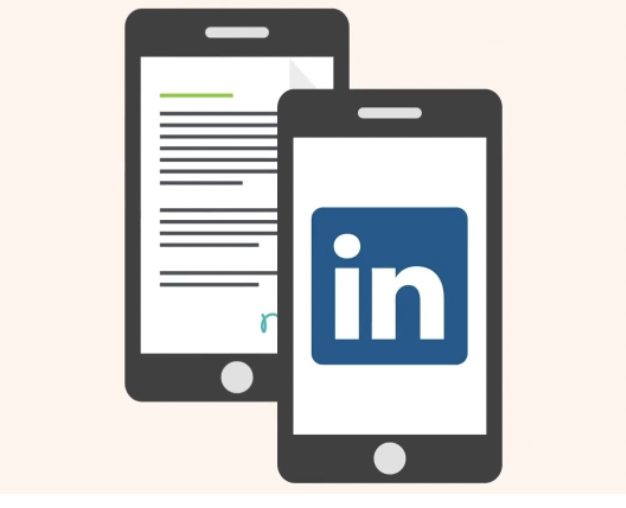


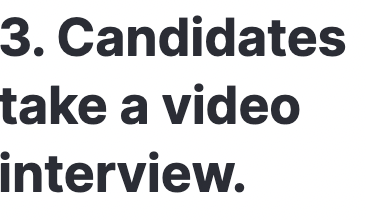
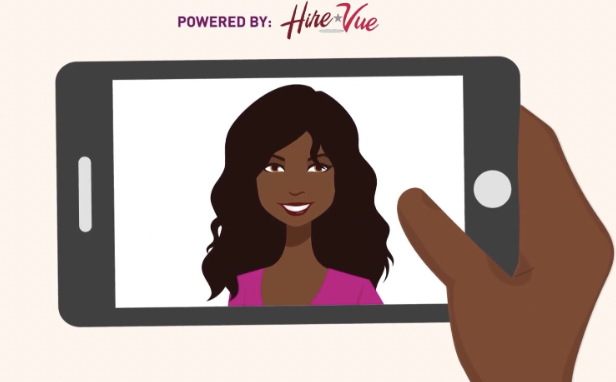


After the hiring process, Unilever incorporated machine-learning into their onboarding initiatives to help new employees adapt to new routines and corporate culture. They built a bot using natural language processing to understand important employee information that is retrieved for new candidates and acts as an HR specialist, IT assistant, and general logistical support that answers questions pertaining to parking, salary, reviews, and time-off allowances. A customer-service corporate bot varies with a consumer-facing bot in that it must appropriately identify the employees information by using geographical location, level of seniority and other differentiating information in order for real and authentic support to be provided.
Current data comes from internal sources like schedules, policy documents, guidelines and the warehouse of data that comes from the litany of questions employees pose everyday. This data is currently being used to develop learning material.
Other initiatives Unilver is piloting is their smart sourcing technology that uses satellite imagery, cloud computing and AI to help achieve sustainable commodity sourcing by monitoring the effect sourcing has on the environment and communities. Their goal is to help companies avoid waste by building out an algorithm that shows the “optimum probability curve of need, demand and consumption.”
Unilever is harnessing the latest advancement in AI to most past outdates recruitment practices and improving candidate and employee experiences. In addition, they are using AI to innovate and learn from their users to create products that people crave, and not just for breakfast.



Hey Stephen, great post!
I wonder how well would they say their hiring algorithm works.
Do they think this algorithm actually identifies their best candidate? Or does it just streamline the process for them?
I imagine, like most companies, they can just afford to adopt such filtering software because they get so many applications they are bound to find some people who’d be a good fit.
I like that they actually provide some sort of feedback though!
Really interesting use of AI by a large firm in a hiring capacity I was unaware of. I wonder if Unilever, having experienced such success from their implementation on a DE&I front, if exploring offering their capacities on a software as a service platform or option? Is seems as though they could help other large companies tackle hard-pressed issues with hiring biases and diversity efforts, and I wonder if collecting company data outside of their own would help their algorithms. Thanks for sharing!
What a wonderful post, Stephen!! So interesting to hear how this technology has so many applications. I wonder if he have ever had to do a virtual interview where you speak into a camera? I’ve never had to do one, but I know people who have and it seems like a strange experience. Might be the future of the interviewing!